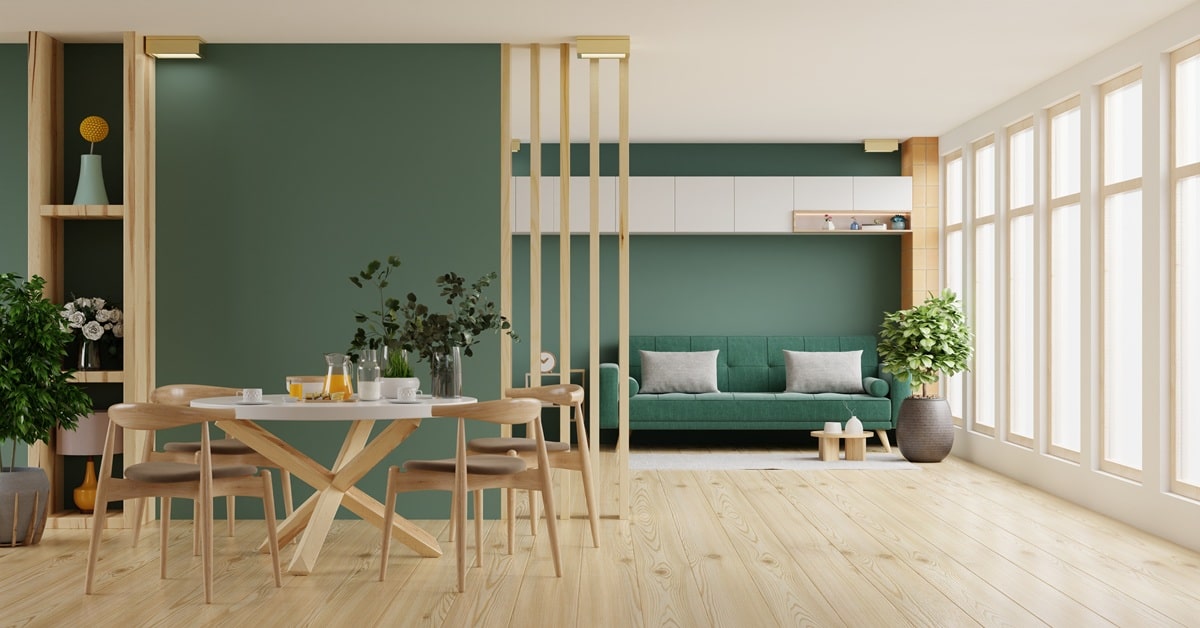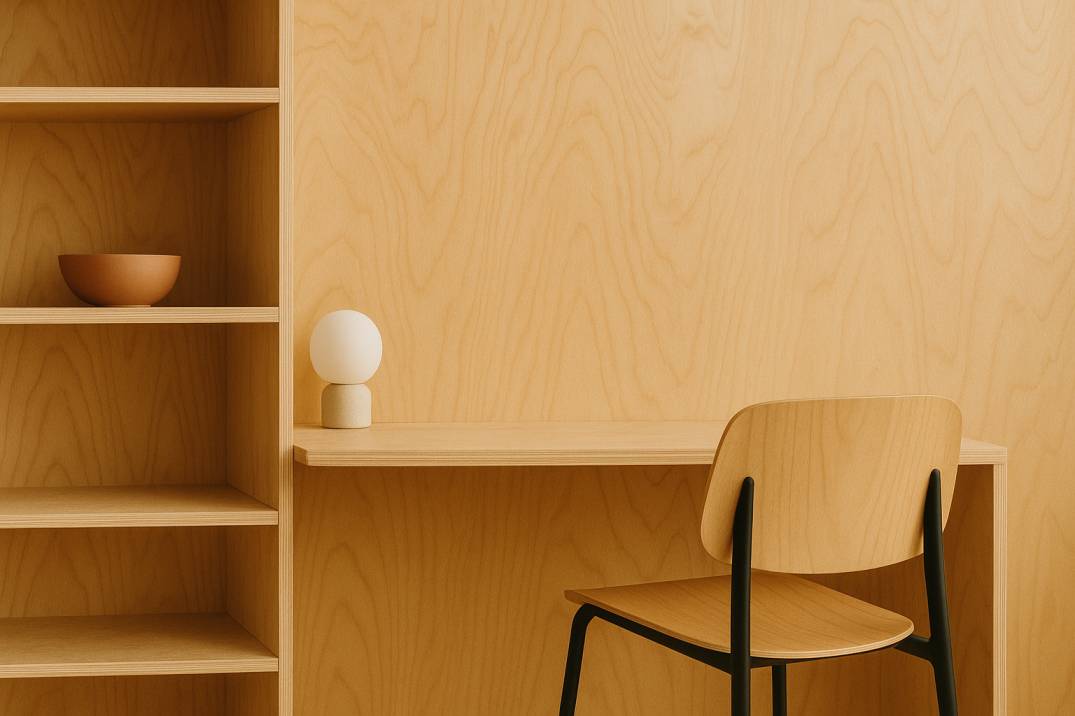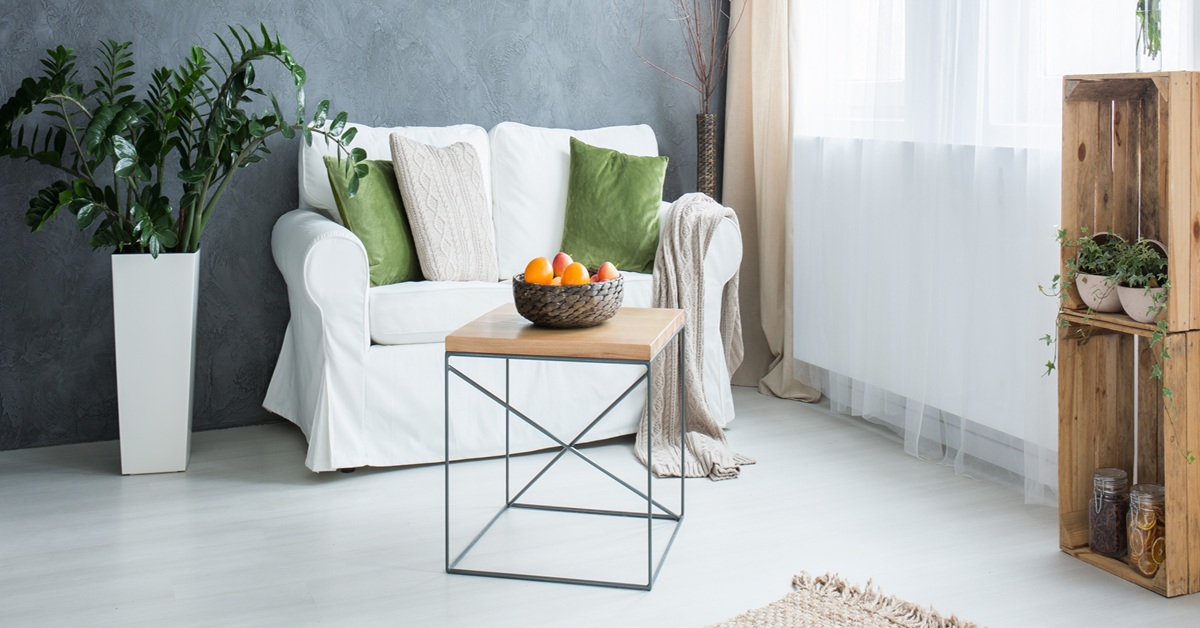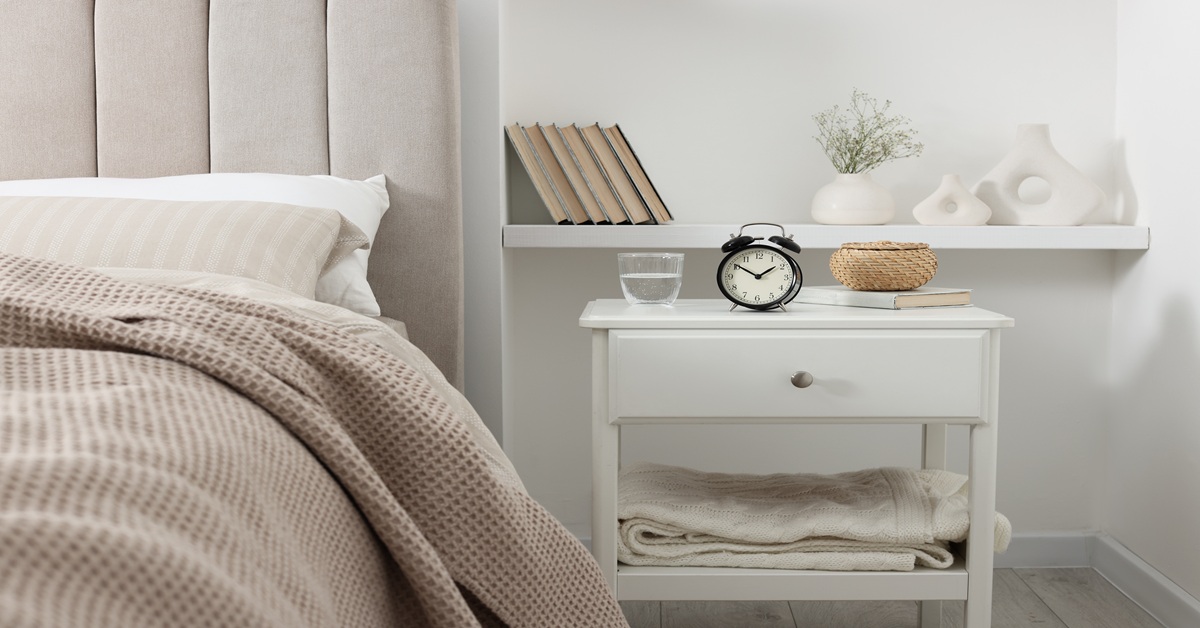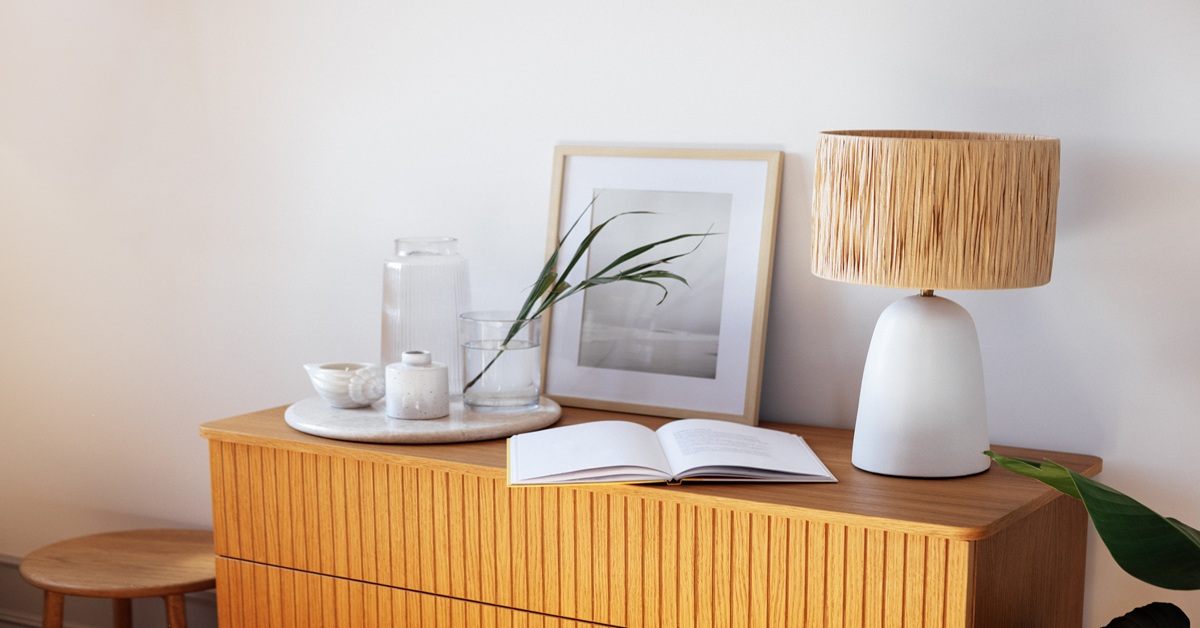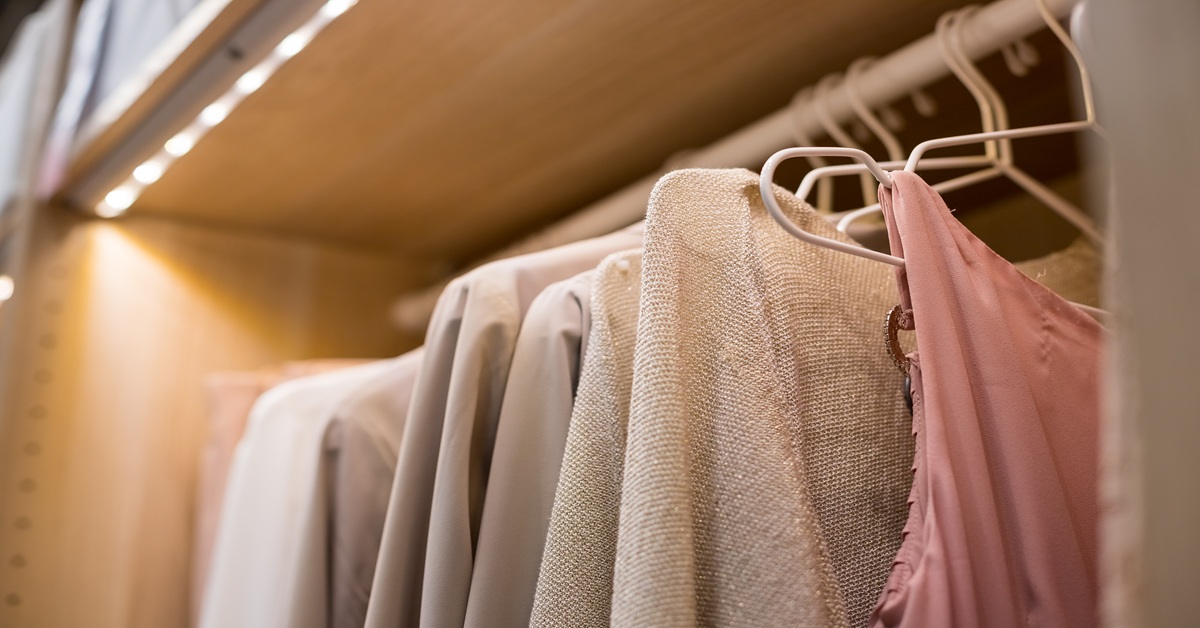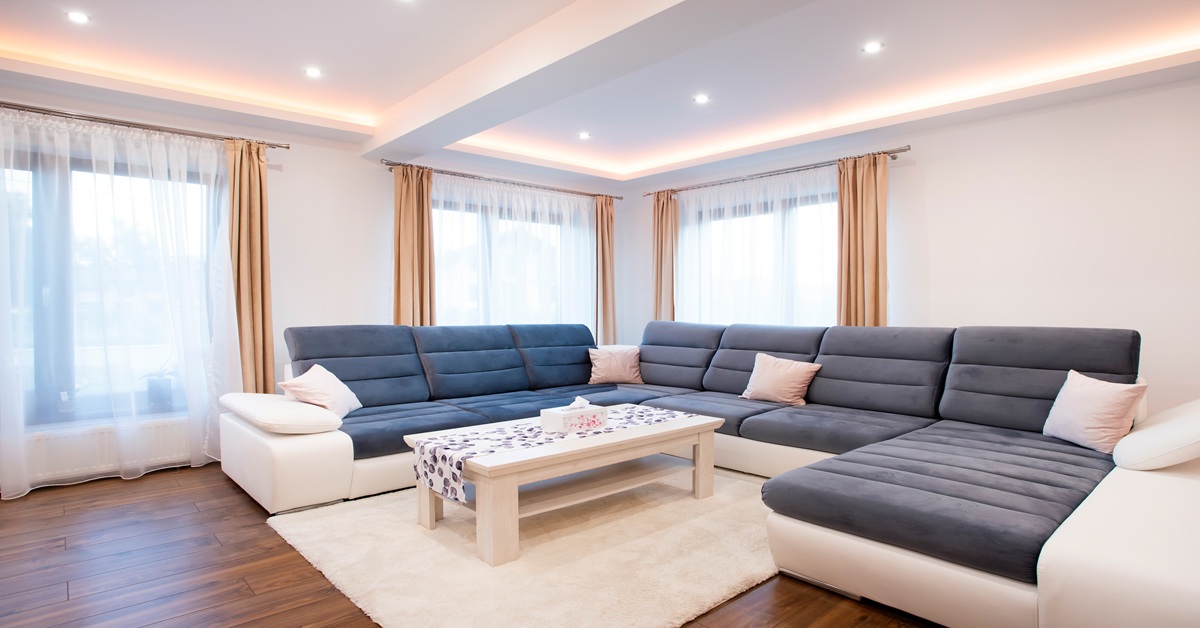Sustainability has become a defining focus in modern construction as industries strive to reduce environmental impact. Among innovative building materials, green plywood stands out as a game-changer. Combining environmental responsibility with structural performance, green plywood is increasingly becoming the go-to choice for architects, builders, and environmentally conscious consumers.
This blog explores why green plywood is gaining traction and how it supports sustainable construction efforts.
What is Green Plywood?
Green plywood refers to eco-friendly, sustainable plywood manufactured using environmentally responsible methods. Unlike traditional plywood, which may involve harmful chemicals or unsustainable wood harvesting, green plywood emphasizes:
- Eco-Friendly Materials: Derived from sustainably managed forests or recycled wood.
- Non-Toxic Adhesives: Uses adhesives free of volatile organic compounds (VOCs).
- Energy-Efficient Production: Processes designed to minimize energy consumption and carbon emissions.
Key Features of Green Plywood
1. Sustainably Sourced Wood
Green plywood comes from forests certified by organizations such as the Forest Stewardship Council (FSC) or Programme for the Endorsement of Forest Certification (PEFC), ensuring responsible forestry practices.
2. Low VOC Emissions
Traditional plywood often contains urea-formaldehyde-based adhesives, which release harmful VOCs into the air. Green plywood uses alternative adhesives like soy-based or phenol-formaldehyde resins that significantly reduce emissions, improving indoor air quality.
3. Durability and Strength
Sustainability doesn’t compromise performance. Green plywood is designed to meet or exceed the strength and durability standards of conventional plywood, making it suitable for various applications.
4. Biodegradable and Recyclable
At the end of its lifecycle, green plywood decomposes naturally or can be recycled, reducing landfill waste.
Benefits of Green Plywood in Sustainable Construction
1. Environmental Conservation
Green plywood minimizes deforestation and promotes sustainable forestry. By using responsibly sourced materials, the construction industry reduces its carbon footprint and supports ecosystem preservation.
2. Enhanced Indoor Air Quality
Low-VOC adhesives prevent the release of toxic fumes, making green plywood ideal for homes, schools, and offices. Improved air quality directly impacts occupant health and well-being.
3. Energy Efficiency
The production of green plywood often utilizes renewable energy sources and energy-efficient technologies, further lowering its environmental impact.
4. Compliance with Green Building Standards
Green plywood aligns with global certifications such as LEED (Leadership in Energy and Environmental Design) and BREEAM (Building Research Establishment Environmental Assessment Method). Using such materials helps projects meet sustainability benchmarks.
5. Cost-Effectiveness Over Time
While the initial cost of green plywood might be slightly higher, its durability and eco-friendly advantages save costs in the long run through reduced maintenance, better energy efficiency, and enhanced building lifespan.
Applications of Green Plywood
1. Furniture and Interiors
Green plywood is widely used in furniture manufacturing, cabinetry, and decorative panels. Its non-toxic nature ensures safer indoor environments.
2. Structural Components
Due to its strength and durability, green plywood is ideal for roofing, flooring, and wall paneling, especially in sustainable housing projects.
3. Exterior Applications
Green plywood treated for moisture resistance can be used in exterior applications, including garden furniture and outdoor paneling.
4. Specialized Eco-Projects
Eco-tourism resorts, green-certified buildings, and prefab sustainable homes increasingly rely on green plywood to align with their environmental values.
Green Plywood vs. Traditional Plywood
| Feature | Green Plywood | Traditional Plywood |
| Material Sourcing | Sustainably managed forests | May involve deforestation |
| Adhesives | Non-toxic, low VOC | Urea-formaldehyde with high VOC levels |
| Durability | High | Comparable, but may vary |
| Environmental Impact | Low | High |
| Cost | Slightly higher upfront | Lower upfront |
| Certifications | Often FSC or LEED compliant | Rarely certified |
Challenges in Adopting Green Plywood
1. Higher Initial Costs
Green plywood tends to be priced higher than conventional options due to sustainable sourcing and eco-friendly production processes.
2. Limited Availability
Depending on location, access to certified green plywood might be limited, making it harder for smaller builders to procure.
3. Awareness Gap
Not all consumers or builders are familiar with green plywood or its benefits, leading to slower adoption rates.
Future of Green Plywood in Construction
As the construction industry moves towards sustainability, green plywood is poised to play a significant role in:
1. Meeting Net-Zero Goals
With global focus on carbon neutrality, materials like green plywood help reduce embodied carbon in buildings.
2. Circular Economy Practices
Green plywood supports the principles of reduce, reuse, and recycle, aligning with circular economy models in construction.
3. Technological Advancements
Innovations in adhesive technology and engineered wood products promise to make green plywood even more durable and cost-competitive.
4. Legislative Push
Governments worldwide are introducing regulations and incentives to encourage the use of eco-friendly materials, boosting green plywood’s adoption.
Tips for Choosing Green Plywood
- Look for Certifications: Ensure the plywood is FSC, PEFC, or Green Label certified.
- Verify Low VOC Claims: Check the product specifications or request lab test results for VOC levels.
- Understand the Application: Choose the grade and type that suit your specific project needs, such as moisture-resistant options for wet areas.
- Evaluate the Supplier: Work with reputable brands or suppliers that prioritize sustainability.
Conclusion
Green plywood represents the intersection of environmental responsibility and construction excellence. As awareness grows around sustainable building practices, this eco-friendly alternative to traditional plywood is becoming a vital component of modern construction.
Whether you’re designing a home, office, or specialized eco-project, investing in green plywood not only supports environmental conservation but also ensures healthier, more durable structures.
Explore Wigwam’s range of eco-friendly plywood solutions to find the perfect balance between sustainability, quality, and cost for your next project. Wigwam is committed to promoting greener construction with products that meet global sustainability standards.

